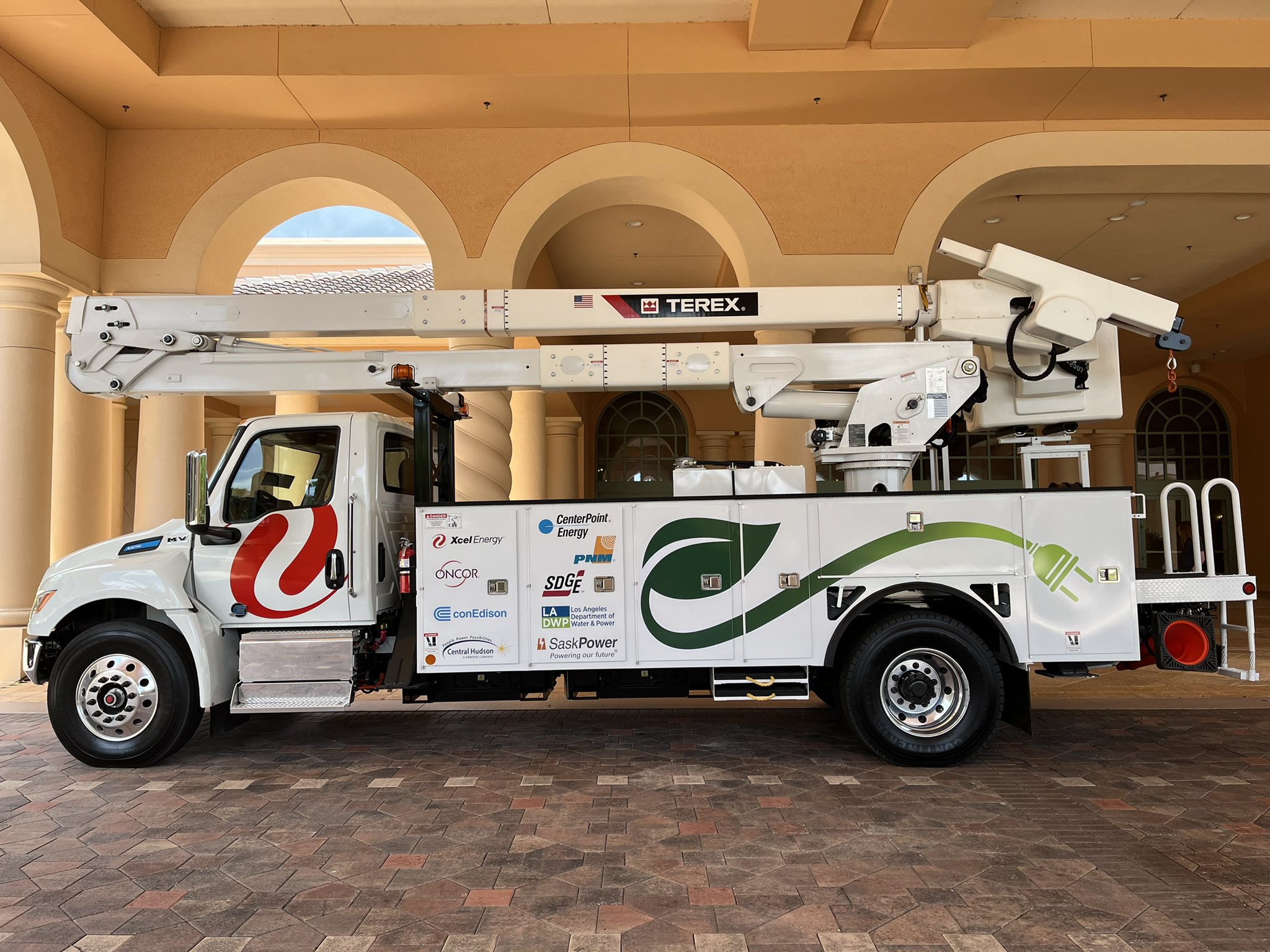Utilities speed up investments in charging stations to meet projected EV growth

With millions of electric vehicles (EVs) forecast to be traveling on America’s roads by the end of the decade, building out the EV charging infrastructure to support that demand is critical, experts say, and electric utilities are increasingly making those investments.
Marrying customer demand with an EV charging network that provides a seamless driving experience takes cooperation between electric utilities, EV manufacturers, and local and state governments, stakeholders said on Tuesday at the Edison Electric Institute’s annual conference in Orlando.
EEI, which represents all U.S. investor-owned electric companies, said its member companies have so far invested more than $3.4 billion to speed up transportation electrification, with more than $3 billion dedicated to charging infrastructure. More than $970 million of those investments is designated for underserved communities.
EEI released an updated report on Tuesday that projects 26.4 million EVs will be driving on U.S. roads by 2030, up from the previous projection in 2018 of 18.7 million. And those EVs will need an estimated 12.9 million charging ports across the country, said Kellen Schefter, senior director of electric transportation with EEI.
About 74 percent of those will be Level 2 charging stations at homes and 25 percent will be Level 2 charging stations at workplaces and in public areas. The remaining 1 percent will be DC fast-charging ports, the report said.
“There’s a need for 140,000 fast-charging DC charging ports, that’s what EEI is projecting,” Schefter said. “We have a long way to go to meet that need. There’s about 10,000 non-proprietary fast-charging ports out there today. That makes up about 7 percent of the need.”
Another 14 percent will be federally funded charging ports, and 3 percent will be planned electric company ports. EEI projects a 68 percent shortfall in the DC fast-charging ports needed in 2030 given currently announced levels of funding.
The National Electric Highway Coalition, a group of more than 60 electric companies that came together to support EV fast-charging stations across the country, is working to address that shortfall, he said.
For electric companies, getting into the EV charging space means determining how best to help all customers and communities – even ones in rural areas – access charging stations, said Lisa Barton, executive vice president and chief operating officer of American Electric Power based in Columbus, Ohio.
“When you think about it with regard to electric vehicle charging infrastructure, and you think about how rural vast amounts of this country are, you have to make sure that you’re giving those communities the ability to compete in a clean energy economy,” she said. “How we do that is to really lean in and try and solve this challenge.”
Ensuring that there are enough charging stations will also get electric companies ahead of an increase in demand for EVs, especially in rural areas, said Marty Lyons, president and CEO of St. Louis-based Ameren.
“We know our customers are going to be presented with all of these great vehicle models … and we want them to adopt them because they’re great for the environment and we really do believe that they are going to be cheaper for our customers to operate in the long run,” he said.
To get ahead of that, Ameren Missouri and Ameren Illinois are partnering with like-minded utilities to develop fast-charging stations along major U.S. travel corridors to provide a convenient network that EV customers can rely on. The company is also working with local governments and regulators to implement the network.
Additionally, as Ameren makes investments to modernize the electric grid, it is partnering with organizations to facilitate the build-out of charging stations, either paying for them fully or partnering with a business and splitting the cost.
Implementing e-mobility can benefit rural and other underserved communities, said Terry Travis, chief disruptor and managing partner of EVNoire, a mobility intelligence consulting group, and not just from an energy standpoint, but from a quality-of-life standpoint. For instance, electrification of ports and ferries will improve air quality in communities adjacent to ports – communities that are seeing higher rates of cancer, and other public health emergencies.
“Those port-adjacent communities which typically are close to freeways, or high traffic areas, the idea is that these areas are being impacted first and worst,” he said. “We really have to prioritize them as we begin to think about the carbonization of transportation and how we can have real-world impact on these … communities.”
However, he said, getting people in underserved communities to adopt electric vehicles will take education and outreach, as well as attention to the pre-owned market as a way to provide those communities with an entry point into the market.
“The EV era is coming – that much is now beyond question. Consumers, the markets, consumers around the world, are all heading in that direction,” noted Transportation Secretary Pete Buttigieg in videotaped remarks. Federal funding through the Infrastructure Investment and Jobs Act is providing investment in clean energy transportation infrastructure, he said. The legislation provides $5 billion for EV charging station infrastructure and will provide another $2.5 billion in competitive grants later this year for charging stations in areas that might get “overlooked.”
Implementing the charging station network will take collaboration, he added.
“We need you to help states, local governments, tribes and charging companies expand the reach of electric vehicles and make this a convenient, reliable, and affordable choice for all Americans,” Buttigieg said.
